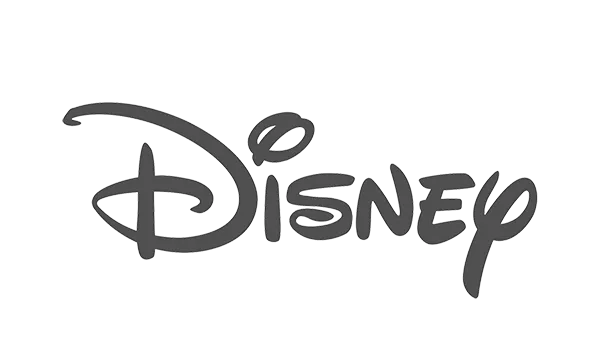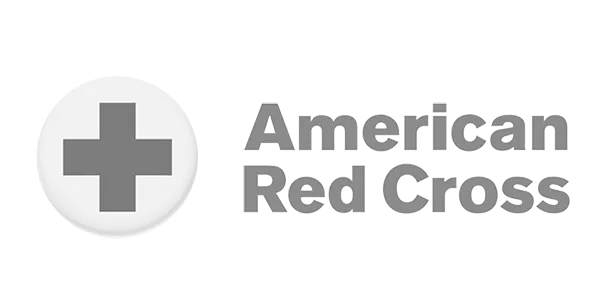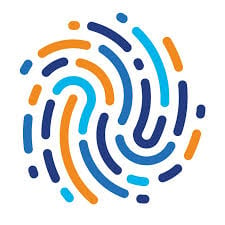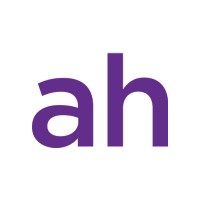One of the most talked about things in HR right now is employee experience. Here's what you need to know about it.
Defining Employee Experience
Qualtrics defines employee experience as everything a worker learns, does, sees, and feels at each stage of the employee lifecycle. That’s pretty all-encompassing! Simply put, employee experience is how workers interact with your company, perform their tasks, and the value they perceive is gained and contributed from working there.
It’s not too hard to imagine, then, why employee experience is important. A good employee experience has, in fact, been deemed “the most promising competitive advantage that organizations can create” by Jacob Morgan. Employee experience is one of those things that distinguishes the good from the great.
Still, with such an enormous and comprehensive definition, ultimately it is incredibly challenging to assess employee experience. How do you measure something that impacts all parts of their work life? While there may not be one answer, there are certainly some key metrics to track in order to keep a pulse on it.
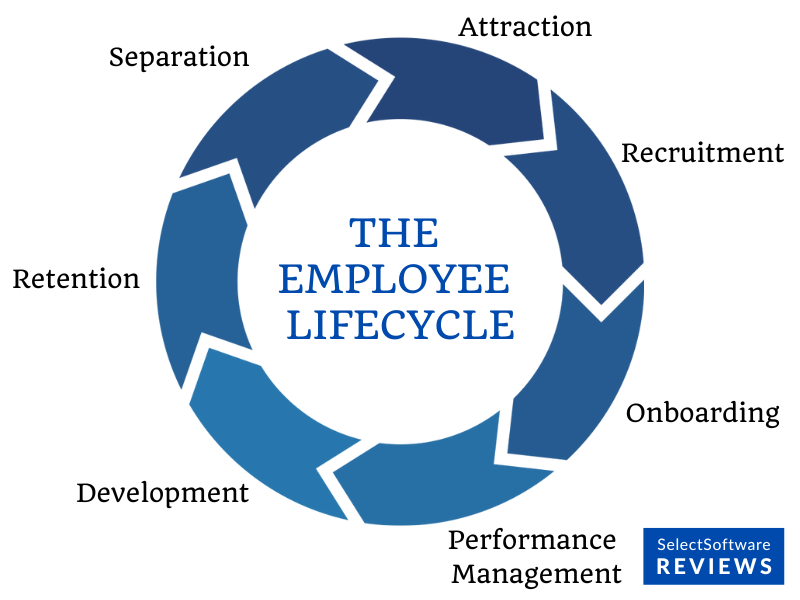
The Metrics for Tracking Employee Experience
Engagement Score
An employee’s engagement score is nearly synonymous with employee experience, and for good reason. One of the best ways to understand how employees feel about their work experience is to ask them. Historically, this metric was assessed on an annual basis, although contemporary organizations are moving to more frequent “pulses.”
There are multiple ways to measure engagement scores. Some platforms and organizations focus on employee net promoter score (eNPS), while others use questions to create an employee satisfaction index called.
Employee Net Promoter Score (eNPS) is measured on a -100 to 100-point scale, where scores around 40 can be considered quite strong. A satisfaction index is typically measured on a 0 to 100-percentage point scale, and scores should preferably be above 60 percentage points.
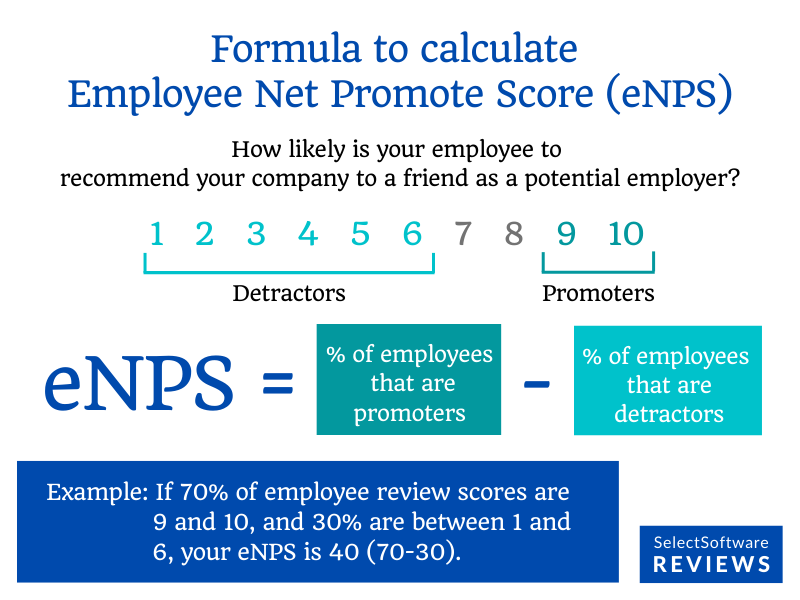
Most notably, a “good” engagement score is relative to each organization, and fluctuation is the real indicator of how your engagement efforts are faring.
If an organization previously had a score of 40 on their engagement index, and that score increased to 50, it’s an excellent improvement and a very “good” score. However, if an organization previously had a score of 80 and dropped to 70, it would be a warning signal that employees are dissatisfied, despite 70 being a relatively high score.
While engagement scores have been the most common way to assess employee experience, they are not sufficient in a silo. If there is one thing people are notoriously poor at, it is self-reporting. From social desirability bias to recency bias, many ways bias creeps into the employee engagement survey process. As such, survey outputs should be complemented with other, more objective measures of experience.
Referral Count
One of the foundational questions on engagement surveys is “How likely are you to refer a friend or family member to this company?”. This question intends to assess if the worker is so fond of their employment experience that they would willfully recommend working for your company to people they care about.
It’s fair enough to ask this, and plenty of companies do. Yet, actual referral count is typically overlooked as a more objective measure of employees’ willingness to refer your company as an employer!
Many organizations have robust referral programs, with incentive bonuses, embedded workflows in ATS systems, and extensive marketing campaigns. Especially for large organizations with countless open roles at any one time, referrals are gold! Typically, referees convert to employees at a much higher rate than inbound applicants. With such promise, why don’t we quantify and track the frequency of referrals?

There’s no need to do mathematical gymnastics for this metric. How many connections did an employee refer in the last [insert period of time]? None? Well, that’s not a good sign. Two, three, or four? That’s promising! In fact, I’d actually say one or more referrals are strong indications of a good employee experience. Putting their name on the line to suggest their own company to a friend is a sign that they like where they work. Refer on!
Recognition Delivered
We all like to be commended on the work we’ve done. Many organizations agree that it is important to recognize our peers, employees, and superiors. Typically, organizations encourage recognition in a variety of ways. The most quantifiable way to track this is by implementing an actual employee recognition system. In this case, employees are prompted and able to engage in structured peer-to-peer recognition, where they celebrate the successes of their colleagues.
Many useful metrics can be extracted from a recognition platform, starting simply with the number of “callouts” received. If an employee is frequently recognized by their peers, that feels good. Another sign of engagement is if an employee reciprocates with a high volume of recognition for their peers. Both receipt and delivery of recognition signal good performance and high engagement.
It is also possible to dive deeper and explore cross-functional recognition (a sign of relationships outside one’s own team), and cross-level recognition (a sign of relationships with both senior leaders and more junior mentees). These types of nuanced metrics are highly suggestive of strong relationships and a highly engaged employee.
Paid Time Off (PTO) Utilization
As of late, there has been a lot of attention paid to employee burnout. Burnout is the direct opposite of employee engagement, and facilitates a variety of negative consequences. It manifests in decreased productivity, the intentional step back from participating that we now call quiet quitting, and actual quitting.
One of the easiest ways to combat burnout is to encourage the utilization of time off. Whether unlimited PTO or a capped policy is offered is of no consequence if employees don’t feel like they can take the days off. But the link between rest and productivity has been proven. A study by SHRM found that employees who took vacations showed higher levels of productivity, morale, and job satisfaction.

There are several ways to quantify PTO utilization. Most simply, a count of how many days are taken by an individual can be compared to the average number of days taken by all employees. If the count is below that average, it’s time for that person to take more PTO.
Also, consider the “spread” of PTO taken. If an employee saves all their PTO and takes three weeks off in December, is that as effective at curbing burnout as taking one week off each quarter? What if you encourage them to take a long weekend every month? The answer regarding effectiveness is probably specific to an employee’s persona and personal circumstances. Either way, the opportunity to rest, recharge, and return to work refreshed is imperative to a good employee experience.
HR Tech to Support Employee Experience
With the exploding HR Tech scene, it wouldn’t be possible to cover all of the many technologies that facilitate amplifying, measuring, and improving the employee experience. It seems like just about every technology is shouting about employee experience, and the use cases are endless.
The industry is coming at employee experience from all angles, from benefits to wellness to collaborative communication tools.
Employee Engagement Software
We’ve already discussed how foundational employee engagement scores are to the employee experience assessment. There are many players in this space, but one that approaches things a little differently is 15Five. Unlike antiquated annual surveys, 15Five facilitates frequent (daily, weekly) engagements that keep a pulse on employee experience. With such in-the-moment feedback, organizations can quickly react or pivot, protecting the employee experience.
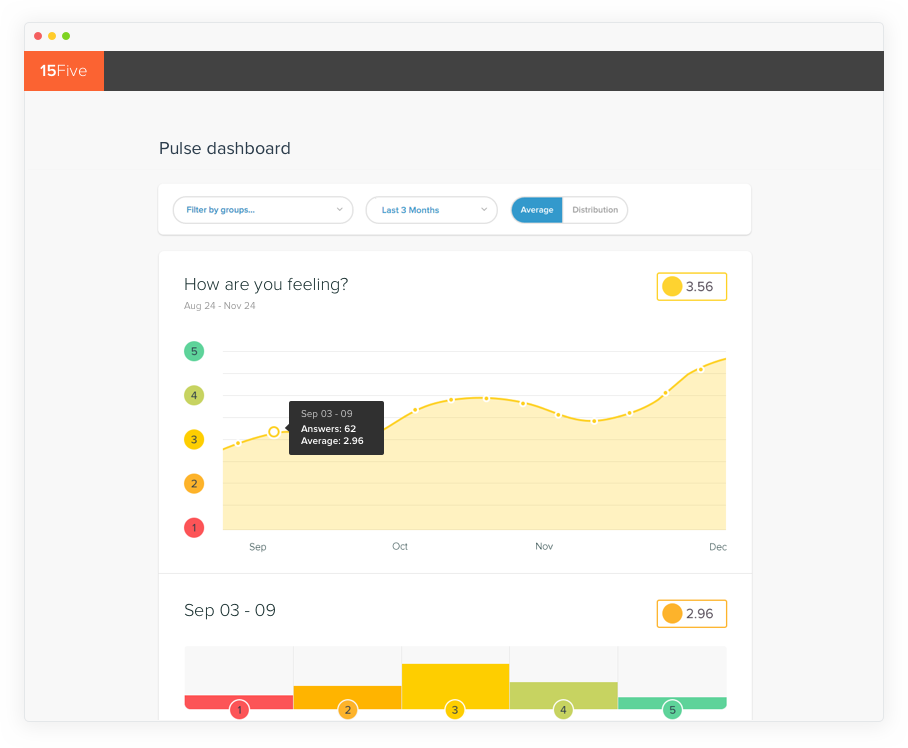
Employee Referral Tracking
Employee referral tools are perfect for tracking and encouraging talent scouts within your current workforce. Tools like WorkLlama help amplify social referrals, turning them into viral campaigns. Increased volume of referrals can only be a good thing, given the quality of referrals in recruitment efforts. Because it reminds employees to share referrals regularly, tools like this keep the ability to promote their experiences top of mind.
Attendance Tracking
PTO Genius is a vendor that is truly disrupting the way time off is treated. Not only does PTO Genius offer company-supported ideas for time off, but it also enables employees to invest in what matters to them.
For those employees who struggle to utilize their entire bank of PTO, they have the option to convert days to dollars. Those dollars may be invested in their financial future, learning opportunities, and even donations to their favorite charities. The experience of choice is pivotal to fostering a great employee experience. No one likes to be told what to do. Giving employees options on how to utilize their benefits is a great way to place control in the hands of the employee.
Rewards and Recognition Platforms
Recognition platforms are growing to be a must-have technology. Vendors like Workvivo and Workhuman offer an easy way to celebrate wins amongst colleagues. Oftentimes, these platforms deliver rewards to those who receive recognition. These are incentives to continue to strive for good outcomes.
These platforms also provide the analytics necessary to track who is engaged in the celebrations. This is an important signal of good experience and a trustworthy indication of an employee's likelihood of retention.
The Summary of Tracking Employee Experience
There is a reason why a high standard of employee experience is such a focus area of the workplace in modern HR. Employees won’t settle for less.









